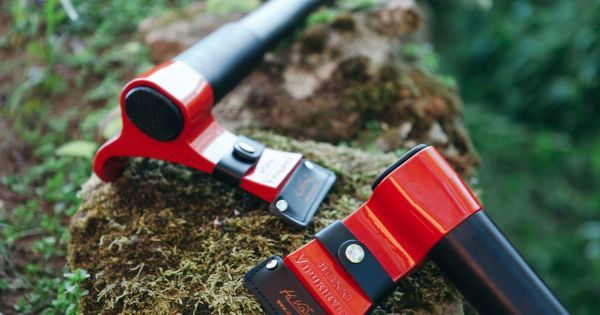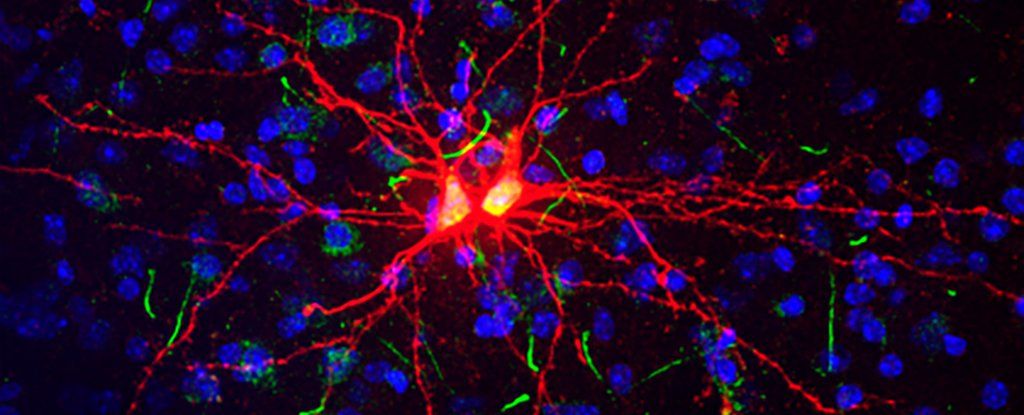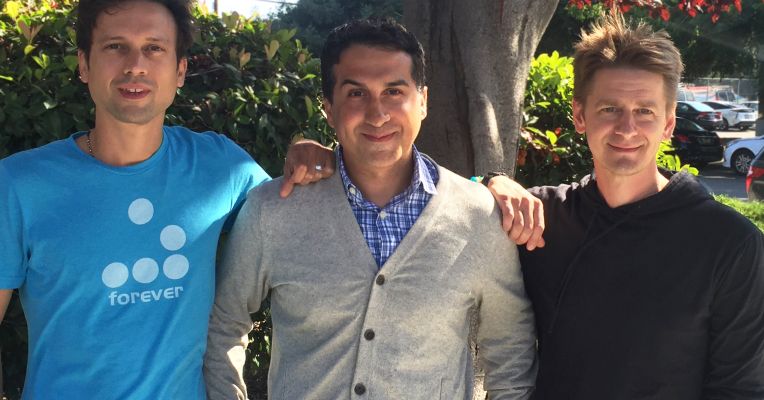Aug 20, 2017
Quantum Weirdness Has Been Tested Beyond The Particle Scale For The First Time
Posted by Shailesh Prasad in categories: particle physics, quantum physics
A small tweak on a definitive experiment in quantum physics has allowed scientists to observe for the first time exactly how molecules behave as waves.
The results are solidly in line with what theory covering complex quantum phenomena predicts, so don’t expect any radical new physics here. But as with most quantum experiments, the implications of seeing such a counter-intuitive theory in action makes our head spin.
Researchers from the Universities of Vienna and Tel Aviv have recently collaborated on turning a two-decade old idea into a reality, replacing tiny particles with large organic molecules in a variation on Clinton Davisson and Lester Germer’s classic 1927 double slit experiment in order to test the limits of a law governing their behaviour.
Continue reading “Quantum Weirdness Has Been Tested Beyond The Particle Scale For The First Time” »


















